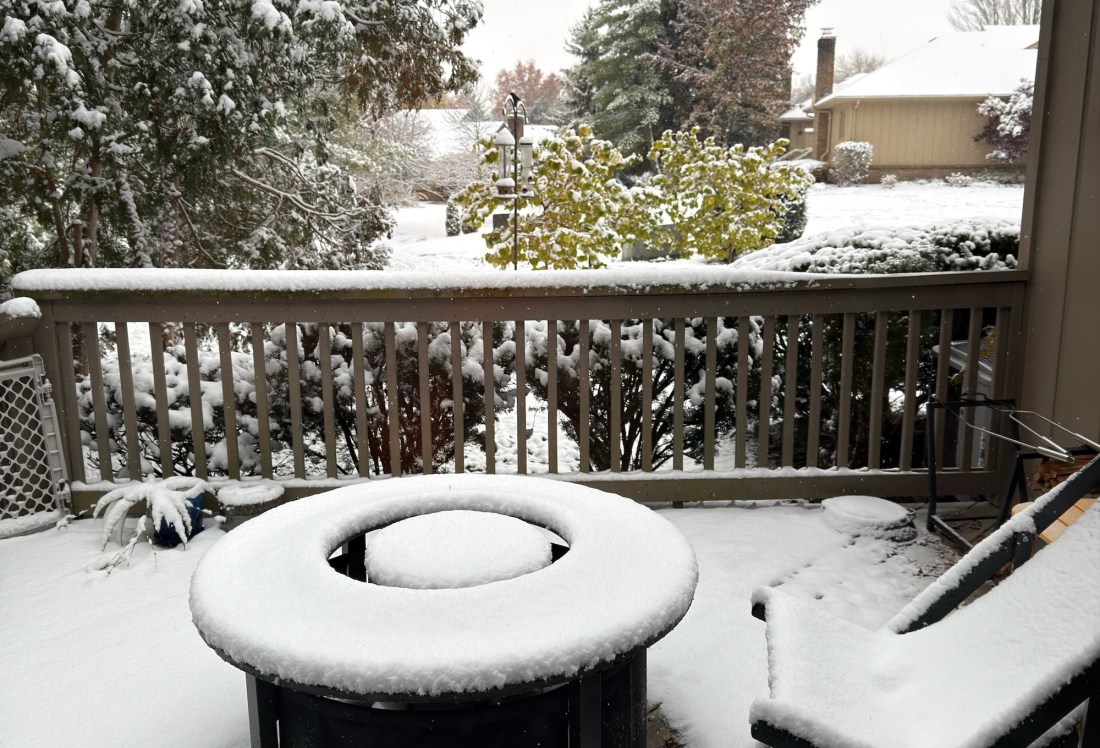December 8 - 14 📆 My weeknotes capture events, thoughts, and other items from the past week, often focused on work, but with personal stuff, too. Learn more about weeknotes. Professional weeknotes I've got limited notes this week because we're heavy into hiring, reading, and this coming week is PowerPoint Karaoke 3, which is now … Continue reading 2025 Weeknote 50 : No time like the present
Tag: weeknote
2025 Weeknote 49 : Taking risks, taming fears, always learning
December 1 - 7 📆 My weeknotes capture events, thoughts, and other items from the past week, often focused on work, but with personal stuff, too. Learn more about weeknotes. Professional weeknotes Hiring work continues. We started interviews for the IT Project Manager role, and that will continue into the next couple weeks. Hoping to … Continue reading 2025 Weeknote 49 : Taking risks, taming fears, always learning
2025 Weeknote 47 : Lemon, it’s Wednesday
November 17 - 23 📆 My weeknotes capture events, thoughts, and other items from the past week, often focused on work, but with personal stuff, too. Learn more about weeknotes. https://media0.giphy.com/media/v1.Y2lkPTc5MGI3NjExNmR3dXdnd3NmbHg4MGk3aTU0aDc2dHluMjY5ajByZWM3ZXg4emplcSZlcD12MV9pbnRlcm5hbF9naWZfYnlfaWQmY3Q9Zw/frSIvDjlud0EA6eMmD/giphy.gif Professional weeknotes Once again, I don't have a lot of time to blog this week. It's been nuts, and I've been working on a … Continue reading 2025 Weeknote 47 : Lemon, it’s Wednesday
2025 Weeknote 46 : Cliffhanger
November 10 - 16 📆 My weeknotes capture events, thoughts, and other items from the past week, often focused on work, but with personal stuff, too. Learn more about weeknotes. I will be brief this week. I am battling a lot of different work tasks in the evenings and weekends right now, and I just … Continue reading 2025 Weeknote 46 : Cliffhanger
2025 Weeknote 45 : It happened again
November 3 - 9 📆 My weeknotes capture events, thoughts, and other items from the past week, often focused on work, but with personal stuff, too. Learn more about weeknotes. Professional weeknotes As I mentioned last week, there were 2 resignations on one of my teams. This week saw another resignation. In all 3 cases … Continue reading 2025 Weeknote 45 : It happened again
2025 Weeknote 44 : Resignations and reverberations
October 27 - November 2 My weeknotes capture events, thoughts, and other items from the past week, often focused on work, but with personal stuff, too. Learn more about weeknotes. Professional weeknotes There were 3 resignations this week, with 2 of them on my teams, including a team manager. Both of my resignations were career-trajectory-related, … Continue reading 2025 Weeknote 44 : Resignations and reverberations





